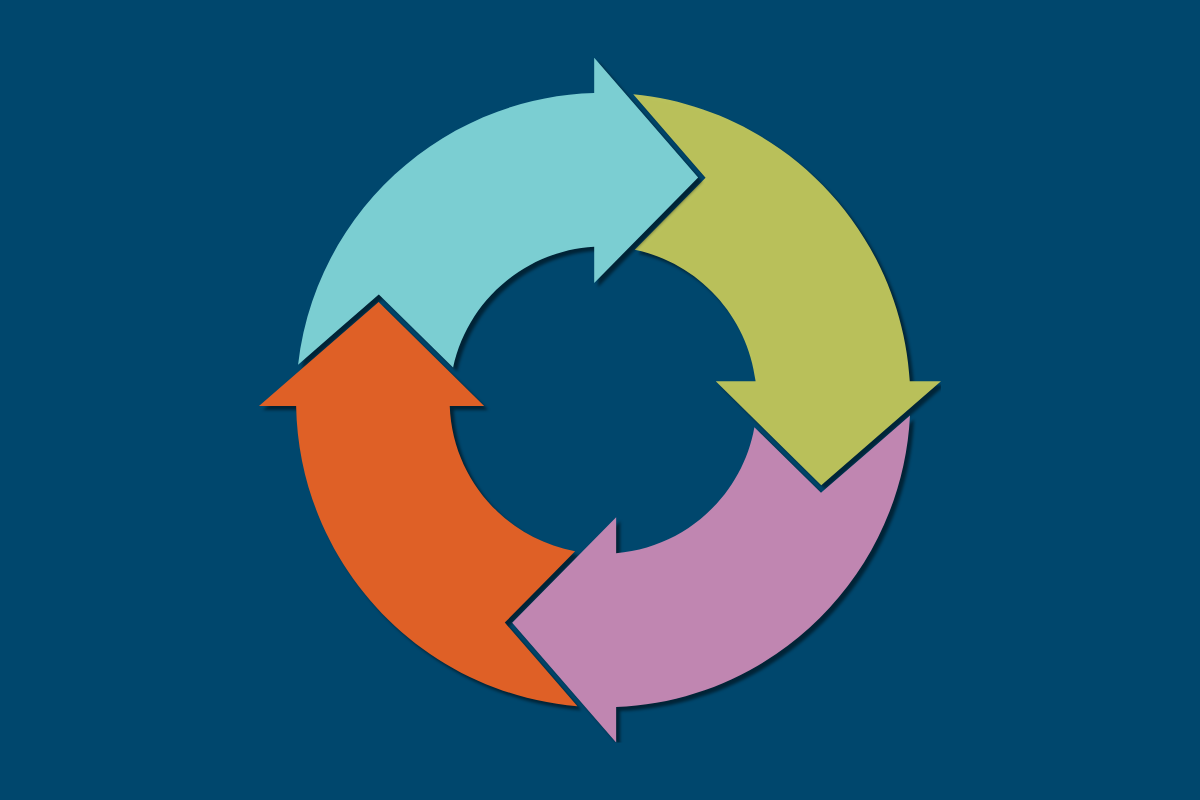All posts
Domestic Violence Cycle
Domestic and family abuse is often described as something that happens in a pattern or cycle. The domestic violence cycle of abuse proposed by psychologist Lenore Walker in the 1970s is still commonly referred to by professionals today. This cycle involves four stages: Tensions building Incident of abuse Reconciliation Calm. This domestic violence cycle helps […]


Domestic and family abuse is often described as something that happens in a pattern or cycle.
The domestic violence cycle of abuse proposed by psychologist Lenore Walker in the 1970s is still commonly referred to by professionals today.
This cycle involves four stages:
- Tensions building
- Incident of abuse
- Reconciliation
- Calm.
This domestic violence cycle helps to illustrate common patterns of abusive behaviour in relationships.
We understand that everyone’s experience with domestic and family abuse is different, but this blog post will explore this particular domestic violence cycle and its four stages.
1. Building Tension
Things are starting to feel tense, and the victim is walking on eggshells in anticipation of an outburst.
The abuser is moody and withdraws affection. They become angry and swear, yell, insult and criticise the victim.
The victim tries to keep the abuser calm and prevent abuse by being agreeable and nurturing, and they may make efforts to keep children quiet and out of the way (if applicable).
2. An Incident of Abuse
An outburst of abuse erupts as the abuser releases this built-up tension on others in an attempt to gain control. It doesn’t have to be physical to be abuse.
Abuse might involve:
- Physical or sexual violence
- Insults or name-calling
- Withholding money
- Property destruction
- Emotional manipulation
- Threats of harm to victim, kids or pets
- Controlling the victim’s behaviour (e.g. not allowing them to see friends).
We explore the different types of domestic violence in this blog post.
3. Reconciliation
This is where the abuser apologises and begs forgiveness. They often make promises that they’ll change and the behaviour will never happen again.
This is also known as the ‘honeymoon’ stage or ‘love bombing’, as the abuser will generally shower the victim with gifts and affection.
4. Calm
The event is ‘forgotten’ and the abuser and victim find some kind of justification for the abuse in order to keep the peace.
The abuser may give excuses for the abuse or place the blame on the victim, or deny the abuse was as bad as the victim claims. The victim might start questioning whether it was in fact as bad as they thought and start to doubt their recollection of events.
The victim may think whatever triggered the abuse has passed and it would never happen again.
If you or someone you know is living with domestic and family violence, help is available. You can call us on 1300 364 277 for guidance finding the right support for you, or learn about our Domestic and Family Violence Prevention service here.
Discover some of the common signs and triggers of domestic and family violence in our blog post Where Does Domestic Violence Start?.

Support Services
1800RESPECT: 1800 737 732
DVConnect Womensline: 1800 811 811
DVConnect Mensline: 1800 600 636
Sexual Assault Helpline: 1800 010 120
Kids Help Line: 1800 55 1800
Lifeline: 13 11 14
If you believe you or your children are in immediate danger, please call 000.
Back to all posts